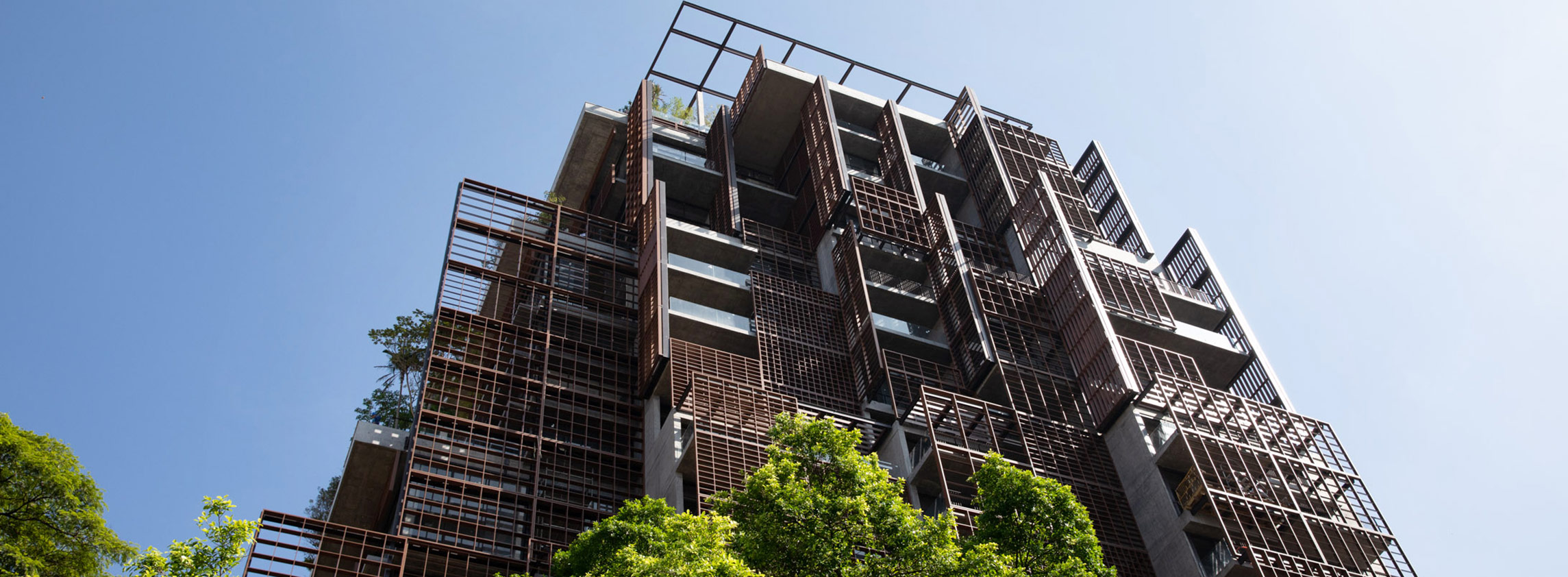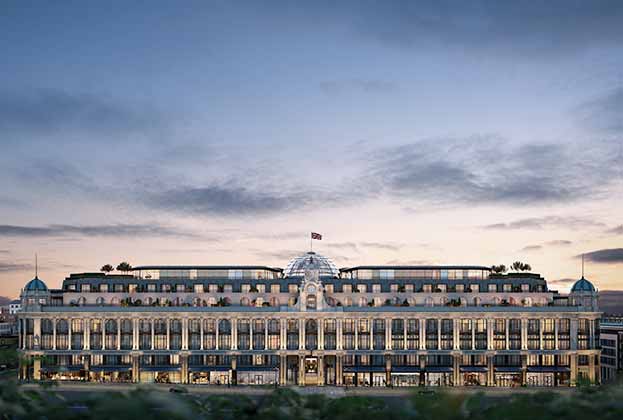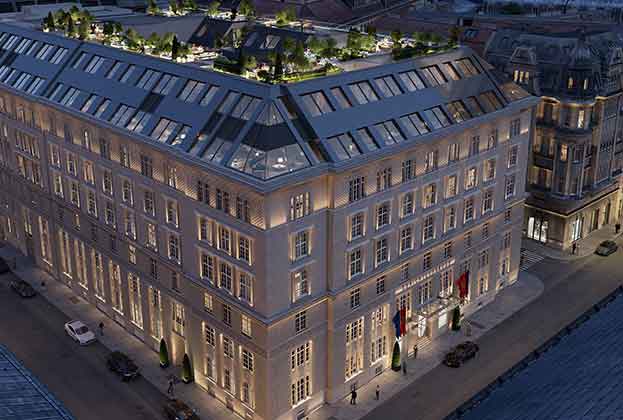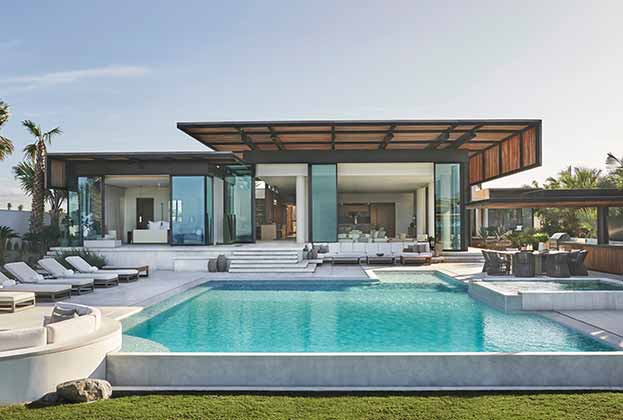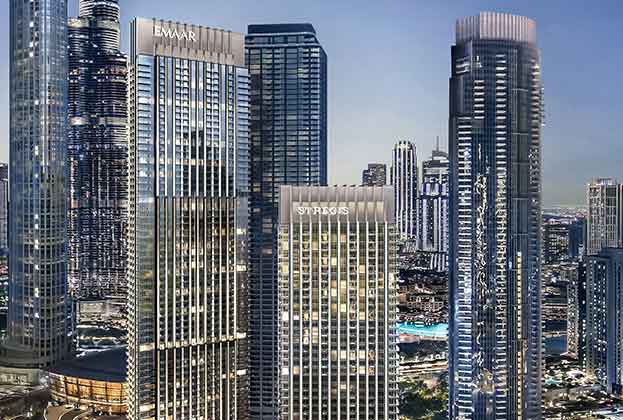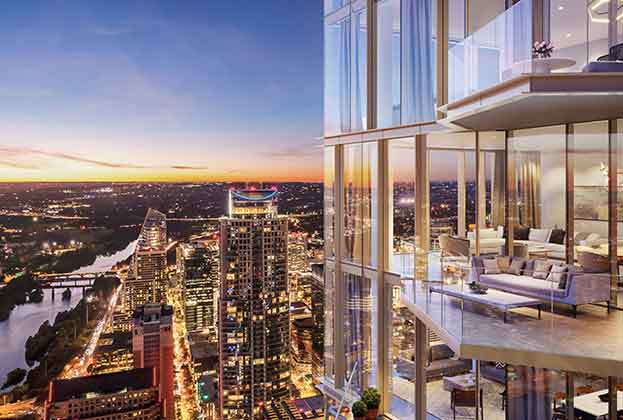The sector is evolving to include increasing numbers of hotel and non-hotel brands
Top parent companies
The diversification of the branded residence space isn’t limited to geographic diversification. The sector has evolved from a market dominated entirely by hotel brands to a diverse combination of hotel and non-hotel brands in the sector.
Parent companies and parent groups, with large numbers of brands under their umbrellas, continue to compete for market share and brand recognition. Marriott International remains comfortably atop the rankings for hotel parent companies, where the company has been since 2002. However, in recent years, there have been rising stars and new entrants into the market both in terms of type and location of the parent brand.
Accor, for example, ranks third by number of completed properties in 2022, rising from fifth place in 2021. The company has expanded its presence in the sector significantly over recent years and has a considerable pipeline through the forecast period. This growth is expected to push it into second place, behind Marriott International, when factoring in pipeline supply at the end of the forecast period.
Non-US brands such as Emaar and Banyan Tree have risen to become global contenders. As more residents of regions outside North America and Europe move up the wealth ladder, there will be increasing demand for branded product which can cater to their needs.
For non-hotel brands, there is more activity and jostling for position compared to the hotel parent brands. YOO remains top of the table now and through the pipeline forecast period.
Several other brands, such as Mahindra (Pininfarina), LightArt, and DAMAC (Roberto Cavalli), will ascend through the rankings during the forecast period.
Each of these parent companies has brands that are more focussed on a specific subsector, be it fashion, automotive, or design, etc. These specialisms allow the parent companies to further differentiate themselves from the more traditional hotel brands.
Top individual brands
Just as the parent companies must differentiate themselves while maintaining growth in an increasingly crowded landscape, so too must the individual brands in order to attract buyers. For hotel brands, the top three spots are occupied by Four Seasons, The Ritz-Carlton, and St. Regis. Four Seasons and The Ritz-Carlton have been competing for first place in the rankings for years, and 2022 marks the first year that Four Seasons has clinched the top spot for hotel brands.
Of the top three hotel brands, St. Regis has the largest pipeline with the brand projected to increase its supply by 138% by the end of the forecast period. St. Regis is not alone in its significant expansion plans; of the top ten hotel brands, five have pipeline growth figures of over 100% and a further two have pipeline growth of 90% by the end of the period.
Further down the table, many other hotel brands such as One&Only, Swissôtel, Grand Hyatt, and JW Marriott, among others, have pipeline growth over 150% for the forecast period.
By contrast to the hotel brands, most non-hotel brands have fewer than ten schemes in operation. YOO and Trump, the latter considered as non-hotel brand for the purpose of this report, are the exceptions to this trend, however, as they have been active in the branded residences sector for significantly longer than other non-hotel brands. Non-hotel brands tend to emphasise their differences from the hotels and focus much more on integrating elements of their specific brand via design, lifestyle, or amenities.
Projected pipeline growth for most non-hotel brands is strong, though most are growing from a low base. These non-hotel brands often do not have the same depth of development infrastructure, from staffing to development support, compared to traditional hotel brands and cannot gain from the benefits of co-locating themselves with an affiliated hotel where complementary amenities, facilities and services can be shared across users.
Read the articles within Spotlight: Branded Residences below.
Further information
Global Residential Development Consultancy
